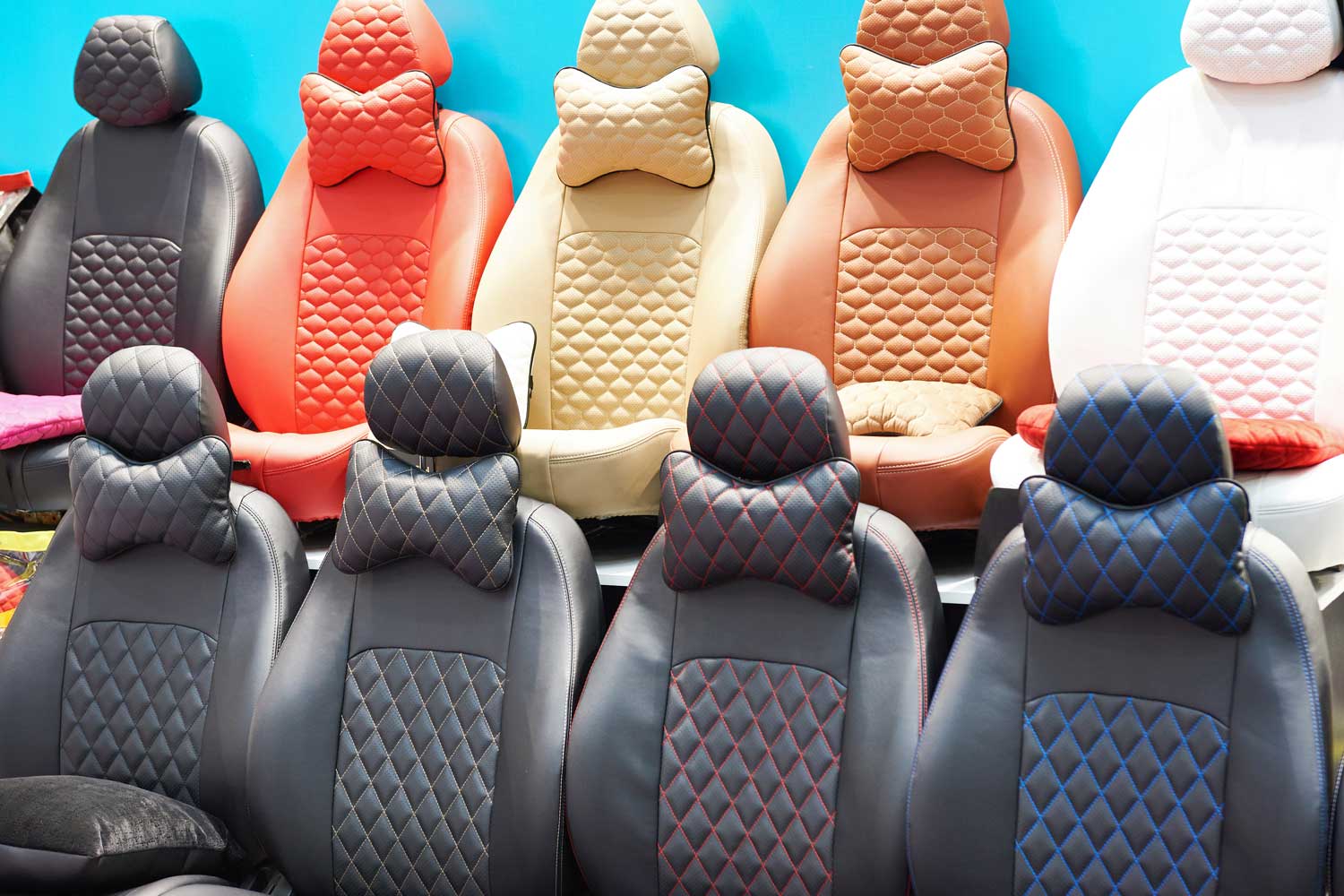Are Car Seat Covers Safe to Use?
Seat covers are generally quite safe, but there are key details to keep in mind.
 Getty Images
Getty Images
There’s more to buying seat covers than just choosing a set that looks great in your car. There are several safety considerations to keep in mind while shopping as well. Consider these tips before you buy.
Are They Compatible with Safety Features?
The biggest safety concern involves the side airbags built into most late-model cars. Not all seat covers are compatible with them, and choosing the wrong ones can be dangerous.
If you drive an older car not equipped with side airbags, or if your side airbags are integrated into the door pillars, you can choose from a wider selection of seat covers. If you don’t know where your airbags are, look for a label or an “airbag” logo on the outer side of the front seatbacks. If it’s there, your side airbags are built into the front seats. If it’s not, you either don’t have side airbags, or they’re somewhere else in the cabin.
It's crucial to choose airbag-compatible seat covers if your car is equipped with seat-mounted side airbags. Some of these covers feature a special type of stitching designed to burst when the airbag deploys, while others incorporate a weak zone that allows the airbag to deploy through the fabric.
Installing the wrong type of cover on a seat with an integrated side airbag will prevent the device from deploying the way it was designed to, which can increase the risk of injury in the event of an accident.
You should also check for inflatable seatbelts. They’re usually thicker than standard seatbelts and will be identified with an “Inflatable Belt” tag. These belts were available in many Ford, Lincoln, and Mercedes-Benz models from 2011 to 2020. If your car has them, be sure to look for seat covers specifically made compatible with them. If you’re in doubt, check with the company that makes the covers you’re considering.
Proper Fitment Matters
Fitment affects safety as well. A loose-fitting (or poorly installed) cover can cause the person sitting in the seat to slide in the event of an accident, even if they’re buckled in.
Make sure you buy covers that match your car and install them as tightly as possible around the seats. You’re after a slim—not a baggy—fit. If you’re concerned about sliding, some seat covers feature anti-slip properties.
Although seat covers are generally safe to use, they’re not always compatible with child seats. Adding a cover (or a protective mat) under a child seat can cause it to slide, which may increase the risk of injuries during an accident. Some child seat manufacturers recommend (or sell) a specific type of cover that’s compatible with their products, while others stress not to use their car seats with any type of cover.
Can They Handle the Elements?
Car seats don’t normally catch fire, but fire resistance is worth keeping in mind if you smoke in your car or you’re regularly around sparks (like on a construction site). Some of the more expensive covers—notably those made of neoprene—are marketed as being particularly water-repellent, flame-resistant, or both.
Mildew or mold can develop on (or in) seat covers if they’re frequently wet and not thoroughly dried. This issue becomes particularly important if you drive a convertible, especially one you take off-road. Several companies offer covers designed specifically for the outdoors, and are made to reduce the risk of mold and mildew.
If it’s too late and you already have growth on your covers, it’s wise to remove and clean them before the fungus spreads to the rest of the cabin.
Written by humans.
Edited by humans.
 Ronan Glon
Ronan GlonRonan Glon is an American journalist and automotive historian based in France. He enjoys working on old cars and spending time outdoors seeking out his next project car.
Related articles
View more related articles